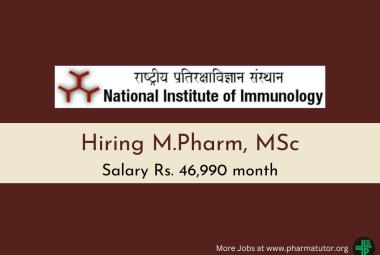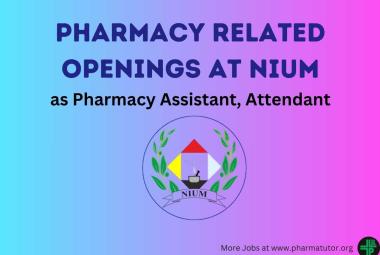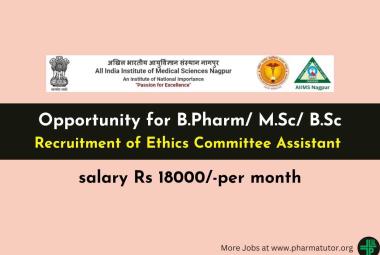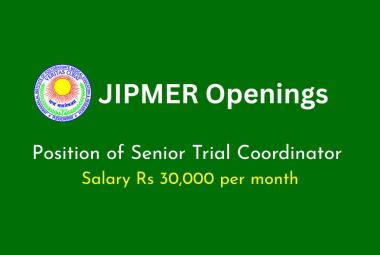Let us first of all know about plagiarism and how it is different from copyright piracy. Plagiarism word is derived from Latin word plagiaries which mean stealing someone else’s work1. According to oxford dictionaries its literal meaning is “the practice of taking someone else’s work or ideas and passing them off as one’s own”2. Wikipedia defines plagiarism as “the wrongful appropriation and purloining and publication of another author's language, thoughts, ideas, or expressions, and the representation of them as one's own original work”1. The word plagiarism is different from copyright piracy3. Copyright piracy is unauthorised doing anything, the exclusive right to do which is with copyright owner or reproduction, sale or hiring in any form4,5 whereas plagiarism is the failure of giving credit to original author5 but both are infringements of copyright (under Indian Copyright Act, 1957) and hence crime. Unauthorised reproduction, sale or hiring is not infringement of copyright after expiry of the copyright protection period which varies nation-wise (minimum requirement under Berne Convention is 50 years and 60 years in case of India, post mortem of copyright owner) but under author’s moral rights his authorship and control over the work is forever and no one can represent it as his/her own original work6. If someone is doing so it would be plagiarism and hence serious ethical offense and crime.
There are five distinct types of plagiarism4,7 which are following:
1. Duplicate publication: It is the publication of identical papers in several journals8.
2. Self-(or team) plagiarism: It is the reuse of self publication without giving proper citation. It is illegal when copyright of original work is transfers to other entity.
3. Paraphrasing: Direct copying of Methods section, with new data inserted9.
4.Literal copying: It is copying word to word without permission9.
5.Substantial copying: It is copying in large amount both qualitatively and quantitatively9.
Some factors which I have recognised as main cause of plagiarism are following:
1. Lack of information among students, academicians and researchers about the ‘Copyright Act’ leads to ‘copy and paste’ activity.
2. Lack of knowledge in students about how to prepare careful and fully documented report during their research.
3.Diminishing ethical values in peoples is also a main factor of plagiarism.
4. Lack of peer-reviewed systems in many publishing house invites plagiarism.
So, the next question arises that how to recognize and avoid plagiarism. Here is the flow diagram which will help students in recognizing and avoiding plagiarism.

Source: ethics.elsevier.com/pdf/ETHICS_PLA01a.pdf and library.salve.edu/plagiarism.html
To ensure scientific progress, to protect life and the planet by trusting on its authenticity, to maintain author’s moral rights it is the only ways to publish your work ethically10.
References:
1. Wikipedia, Available at: en.wikipedia.org/wiki/Plagiarism, Accessed on 20/05/2013
2. Oxford Dictionaries, Available at: oxforddictionaries.com/definition/english/plagiarism, Accessed on 20/05/2013
3. Snapper, J. W., On the Web, plagiarism matters more than copyright piracy. Ethics and Information Technology, 1999, 1, 127–136
4. The Copyright Act, 1957, Govt. of India
5. WIPO Publications, Copyright - Comic book, WIPO Publication No. 484(E)
6. Understanding Copyright And Related Rights, WIPO Publications, WIPO Publication No. 909(E)
7. Zhang, H. (Y.), CrossCheck: an effective tool for detecting plagiarism. Learned Publishing, 2009, 23(1), 9-14
8. Elsevier, Simultaneous Submission/Multiple, Duplicate Publication, Available at: ethics.elsevier.com/pdf/ETHICS_SSUB01a.pdf, Accessed on: 20/05/2013
9. Elsevier, Plagiarism Fact Sheet, Available at: ethics.elsevier.com/pdf/ETHICS_PLA01a.pdf, Accessed on: 20/05/2013
10. Elsevier, Top 5 reasons to publish ethically, Available at: ethics.elsevier.com/pdf/ETHICS_TOP501a.pdf, Accessed on: 20/05/2013
 ABOUT AUTHORS:
ABOUT AUTHORS:
Ishwari Narayan Singh*1, Preeti Singh2
1Department of Pharmaceutical Chemistry, Dr. K.N. Modi Institute of Pharmaceutical Education and Research, Modinagar, Ghaziabad, UP, India
2Department of Pharmacology, R.V. Northland Institute (Pharmacy), Dadri, Greater Noida, G.B. Nagar, UP, India
*ishwarinarayansingh@gmail.com
{ DOWNLOAD AS PDF }
|
PharmaTutor (ISSN: 2347 - 7881) Volume 1, Issue 2 Received On: 27/11/2013; Accepted On: 15/12/2013; Published On: 20/12/2013 How to cite this article: Singh IN, Singh P, Plagiarism: A Growing Concern in Scientific Community, PharmaTutor, 2013, 1(2), 129-130 |
NOW YOU CAN ALSO PUBLISH YOUR ARTICLE ONLINE.
SUBMIT YOUR ARTICLE/PROJECT AT articles@pharmatutor.org
Subscribe to Pharmatutor Alerts by Email
FIND OUT MORE ARTICLES AT OUR DATABASE









